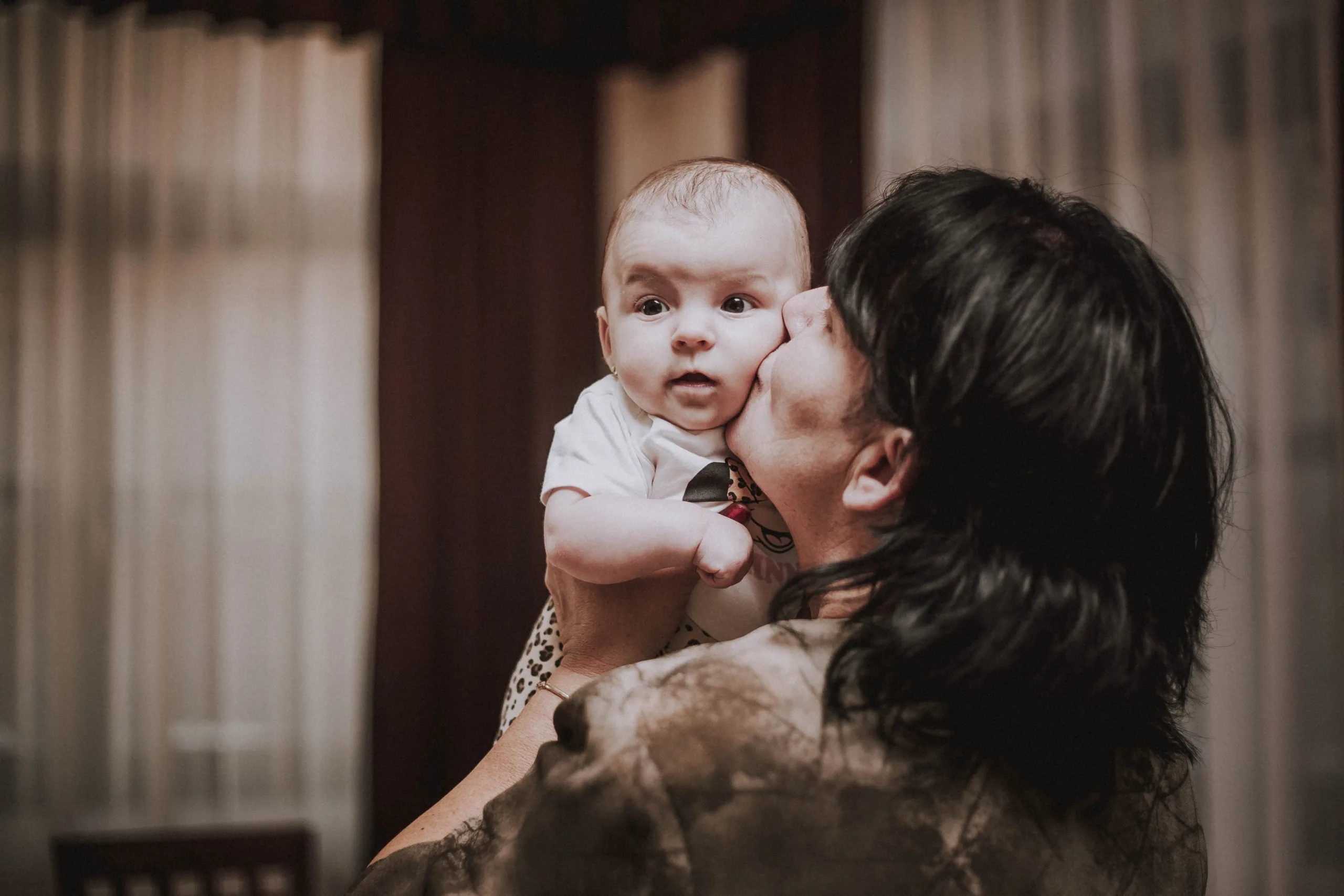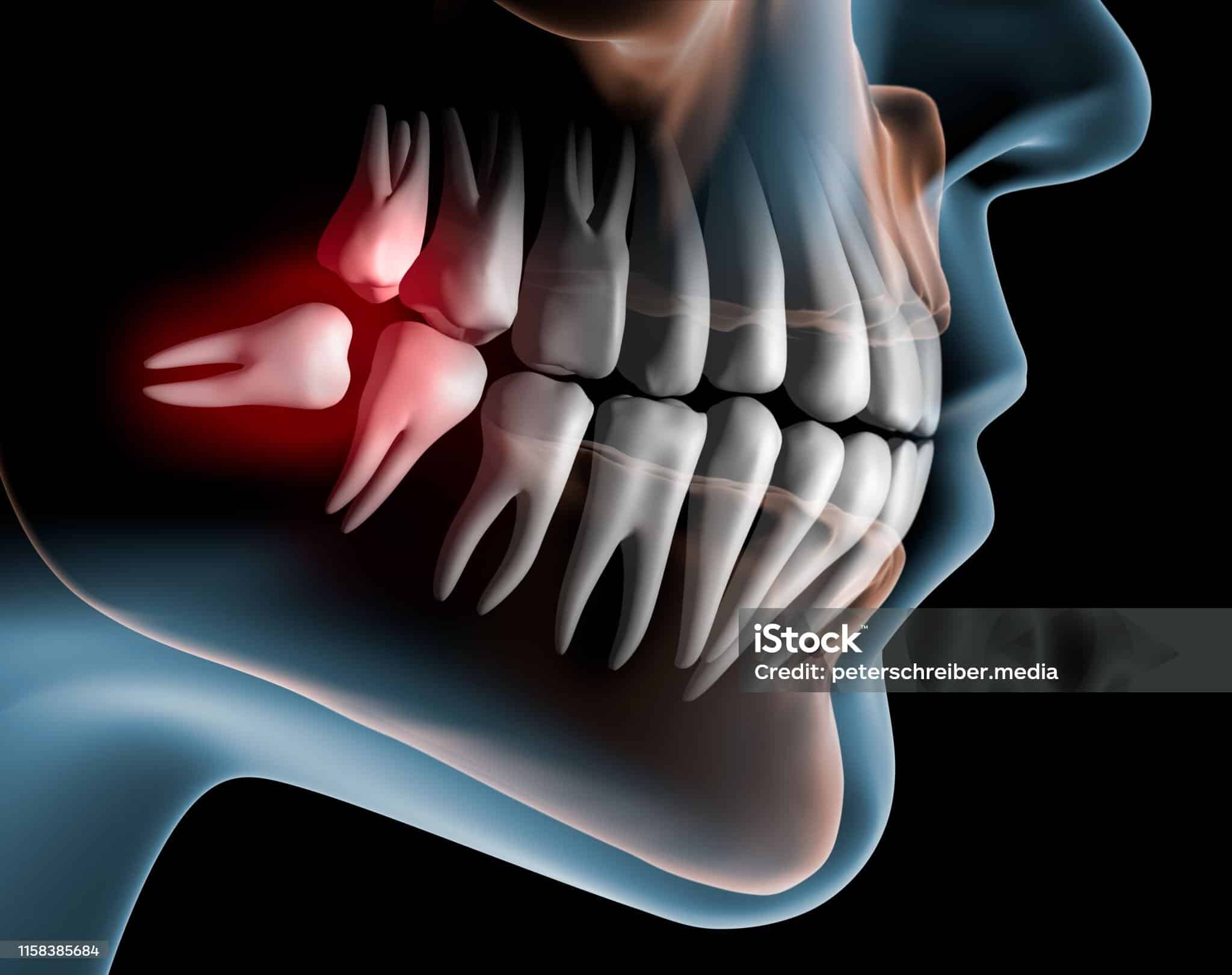Common Breastfeeding Problems
Though breastfeeding is a natural process, it is not so easy. New moms have to go through many hurdles for a smooth and happy experience of breastfeeding theirbabiesy. Breastmilk is the only source of nutrition for a newborn soa mother needs to maintainn proper health and take care of her breast to produce the correct amount of breastmilk to feed her baby.
Common Problems:-
1 .Latching Pain:-
This pain usually occurs in new mothers or mothers who are nursing their babies for the very first time. Since your breast is preparing milk and getting ready for your baby to latch on, this can be a new experience for you and your baby. So it will take some time for you and your baby to learn how to latch and how to introduce your breast to the baby. You may feel pain whenever your baby tries to suck milk. This is normal, but if you experience more pain continuously then there might be some problem in your breast so it’s better to talk to your doctor. To reduce this latching pain you have to place the baby in the correct position when he is ready for breastmilk. And you have to be a little patient. This pain will go away after a few feeds. For some people like me, it will go away if you continuously feed your baby for one month. If your baby just latches on your nipples then you will feel more pain. Let your baby open her full mouth so that the area around your nipple also goes inside his mouth, This will reduce the pain automatically.
2. Breast engorgement:-
This happens when your breasts become full of milk and become hard. You may feel both breasts or only one breast has become very heavy. You may also have a slight pain in your breast. The only solution to this is to empty your breast, either using a pump or your hand to drain your breast milk or making your baby latch on it continuously. The main cause of engorgement is improper latching of your baby It can also happen if you give too much gap in between feedings. The more you feed the less your breasts get engorged.
3. Cracked Nipples:-
This happens when your nipples become dry and sore. This may be due to improper latching and you will experience this mostly in the initial days of breastfeeding. You have to wash your nipples with water and you can use soothing gel pads, cream, and ointment suggested by your lactation consultant.
4. Clogged Ducts:-
When your breasts become full and if you don’t drain it at the right time, the milk can back up into the milk ducts (vein-like structures in the breast) which causes clogging. The main symptom that you will notice is a hard lump and pain on your breast when you press it gently. Clogging ducts are caused due to improper pumping of breastmilk, improper lactation, compressing your breasts while sleeping, or if something hits you on your breasts. Sometimes when your baby’s head hits your breasts, that can also cause clogging. That area will become a little green and you will be able to see your vein. To reduce the pain, make your baby latch on that breast first. You can also apply warm compresses or warm water and massage gently. This will help in breaking up the clog.
5. Mastitis:-
It is a bacterial infection that occurs in your breasts due to clogging ducts, sore and cracked nipples, and engorgement which can cause the bacteria to enter. Its symptoms include fever, severe pain in your breasts, and the clogged duct area will become red. It will be very painful when your baby latches on or when you pump your milk out. But still draining out milk is very necessary or else it can get worse. The warm compressor can help in giving you some relief. The only treatment for mastitis is to take antibiotics prescribed by the doctor. While breastfeeding you should not take medicines. Your doctor will prescribe you some special medicines if necessary which do not enter breastmilk and cause harm to your baby.
6. Thrush:-
It is a yeast infection in a baby’s mouth that can pass on to your breast when your baby latches. The symptoms that you may experience are red shiny flaky nipples with an itching sensation and deep breast pain. To treat this your doctor will give u antifungal medication to put on your breasts and also in your baby’s mouth. It’s very important for you both to get treatment at the same time or else you and your baby can pass the fungi back and this keeps on going. After every feed wash your bras, nursing pads, and clothes to kill any yeast spores present.
Some women say that they don’t produce enough milk so they depend on formula milk to feed their babies. This is not correct, the more you nurse your baby the more milk you will produce because breastfeeding works on the supply and demand system. If you still don’t make enough milk, consult your doctor. For increasing your milk supply you have to take a healthy diet and always stay hydrated.
Also, remember that women who have small breasts can also make just the right amount of milk for their babies.
Discover more from supermomsclub
Subscribe to get the latest posts sent to your email.





